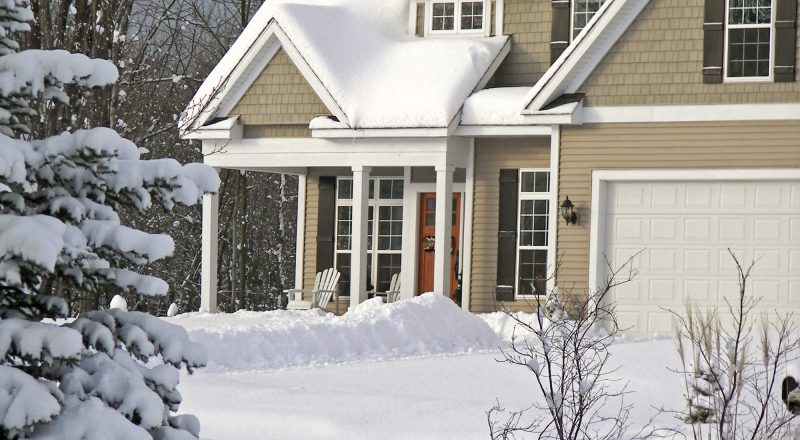Roofers do work all year long. As a matter of fact, some prefer the colder weather because of the extreme heat during the summer. Yes, the winter or cold weather should never stop home or business owners from getting the repairs needed on their roof. Leaks and external damage left unattended can cause severe structural damage, spelling out greater expense.There are some limitations, cautions, and extra steps to consider with winter roofing. Nevertheless, work can get done when needed.
1. If you have snow fall on your roof, it usually takes the professional 30-60 minutes to shovel off so that the work area is cleared.
2. Some roofing materials behave differently below 40 degrees Fahrenheit.
3. Some roofing materials should not be installed at all below 40 degrees and some can be applied any time of the year, no matter the weather.
Flat roof materials whose seams are hot air welded do fine when installed in the winter. These include PVC (Polyvinyl Chloride) or TPO (Thermoplastic Olefin). Duro-Last flat roofing material is an excellent example.
The problem for flat roofs is when alternative rubber roofs are installed in weather below 40 degrees. The manufacturers of these roofing materials advise AGAINST installing their materials in such temperatures because of the adhesive. Rubber roofs require an ADHESIVE to be used for securing the seams, and below 40 degrees Fahrenheit these adhesives freeze, which means that they do NOT bond. If no bond, then leaks will occur, and your manufacturer warranty will be VOID.
The sloped asphalt roofing of most homes can be installed in the cold winter, but some precautions must be taken, as well.
1. Be sure not to bend or crack the shingles.
2. Because the seal between the overlapping asphalt shingles is dependent on the HEAT from the WARM sun shining on it, this won’t happen until the warm weather arrives. So, unless, the shingle is nailed down properly, material could blow off and cause a leak.
Roofing season is all year long, but this is especially true when there are real problems, causing not only leaks but structural damage to your home or business. Keep an eye out, look for issues and, when observed, be sure to call your roofing professional.
